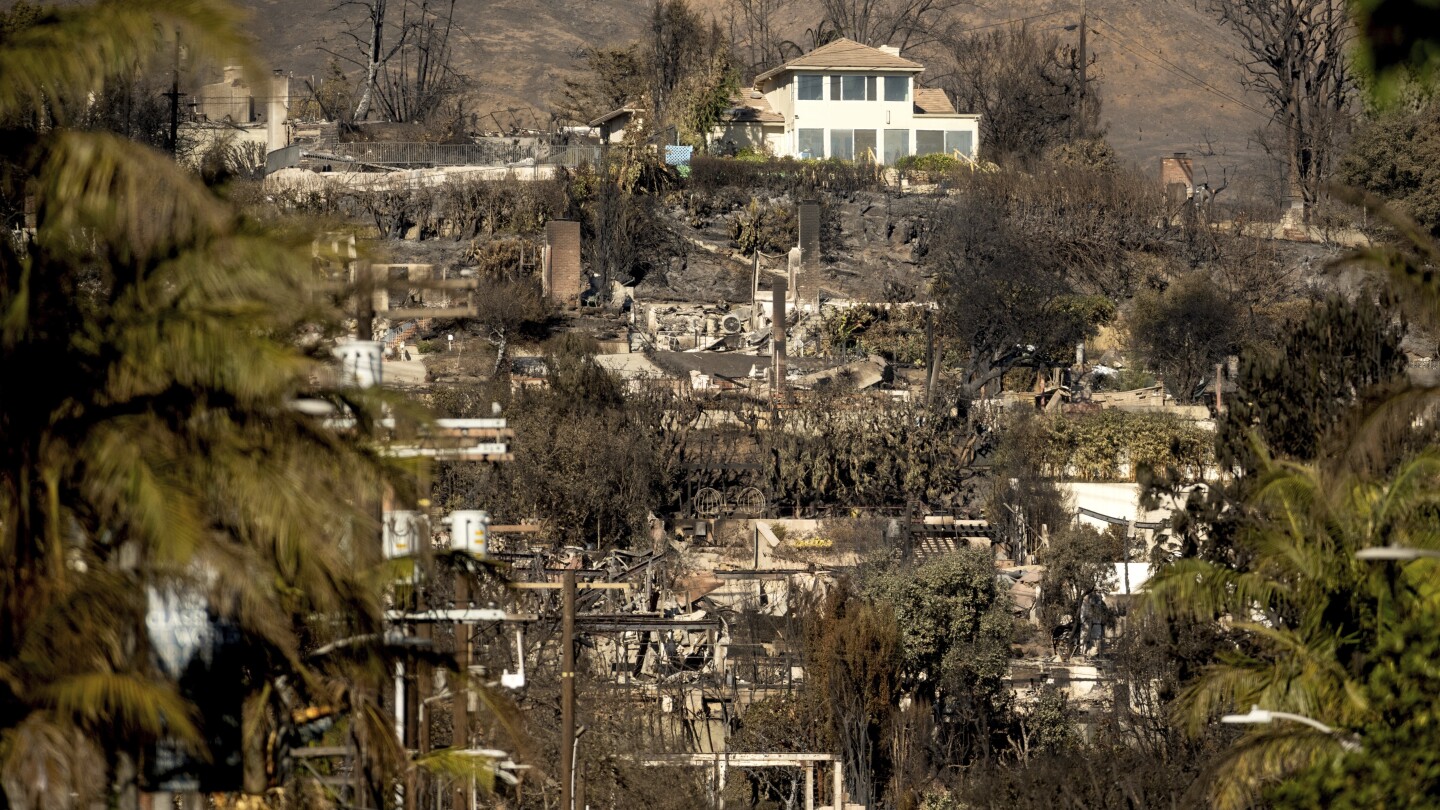The Mystery of Surviving Homes: Luck or Strategic Design?
As wildfires rage across landscapes, an intriguing phenomenon captivates both homeowners and researchers alike: some homes emerge unscathed while others are reduced to ashes. This stark contrast raises a compelling question: is the survival of certain structures amidst devastating flames a matter of luck, or is it a testament to strategic design? Let’s delve into the various factors that contribute to the resilience of homes in wildfire-prone areas, exploring both architectural choices and environmental considerations.
Understanding Wildfire Behavior
Before we can appreciate why some homes survive wildfires, it’s essential to understand how wildfires behave. Wildfires are influenced by several factors, including:
- Weather Conditions: Temperature, humidity, and wind speed play critical roles in fire spread. High temperatures and low humidity create ideal conditions for fires to ignite and spread rapidly.
- Topography: Fires tend to move faster uphill due to the rising heat. Therefore, homes on slopes may face higher risks.
- Fuel Availability: The amount and type of vegetation surrounding a home can either act as a firebreak or fuel the fire. Dense brush and dry grass can significantly increase fire intensity.
Architectural Design: A Key Element in Survival
The design of a home plays an integral role in its ability to withstand wildfires. Various architectural elements can enhance a home’s resilience:
- Material Choices: Using non-combustible materials such as stucco, brick, and metal can dramatically improve a home’s fire resistance. These materials do not ignite easily and can withstand high temperatures.
- Roofing: The roof is often the most vulnerable part of a home during a wildfire. Fire-resistant roofing materials, like tiles or metal, can provide crucial protection. Additionally, a home with a low-pitch roof is less likely to catch embers than a steeply pitched one.
- Defensible Space: Creating a defensible space around a home—typically a 30 to 100-foot area where vegetation is managed—can significantly reduce the risk of fire damage. This area should be free of dead vegetation and other flammable materials.
Landscaping Strategies: Nature as a Shield
Well-planned landscaping can be a homeowner’s best ally against wildfires. Here are some effective strategies:
- Fire-Resistant Plants: Incorporating fire-resistant plants in landscaping can help slow down the fire’s advance. These plants are less likely to ignite and can often survive brief exposure to flames.
- Vegetation Management: Regular maintenance, such as trimming trees and removing dead foliage, is essential. Keeping a well-groomed yard can prevent wildfires from reaching the home.
- Hardscaping Features: Adding non-flammable hardscaping elements like walkways, patios, and retaining walls can create barriers that prevent fire from spreading to the home.
Community Planning and Building Codes
On a broader scale, community planning and local building codes also play a critical role in wildfire prevention and safety. Regions prone to wildfires often implement regulations designed to enhance fire safety:
- Zoning Laws: Communities may establish zoning laws that restrict building in high-risk areas, thereby minimizing exposure to wildfires.
- Building Codes: Stricter building codes can require fire-resistant materials and designs in new constructions, ultimately enhancing overall community resilience.
- Firebreaks: Strategic planning may include the creation of firebreaks—areas devoid of vegetation—that can help slow down or stop the spread of fire.
The Role of Homeowner Preparedness
Even with the best design and community regulations, homeowner preparedness remains crucial. Here are some vital steps homeowners can take:
- Emergency Kits: Having an emergency kit ready with essentials can make a significant difference during a wildfire event.
- Evacuation Plans: Homeowners should have a clear evacuation plan and ensure that all family members are familiar with it.
- Stay Informed: Keeping abreast of local fire conditions and alerts through official channels can be life-saving.
Case Studies: Homes That Survived
To illustrate the significance of strategic design over luck, we can examine case studies of homes that have withstood wildfires:
- The Fire-Resistant House in Sonoma County: This home, built using fire-resistant materials and equipped with a sprinkler system, survived the devastating 2017 Tubbs Fire, while neighboring homes were reduced to rubble.
- Defensible Space Success: In a community in Northern California, homes that maintained a clear defensible space fared significantly better during the 2020 August Complex Fire compared to those that neglected this critical strategy.
Conclusion: The Intersection of Luck and Strategy
The survival of homes in the face of wildfires is undoubtedly a complex interplay of luck and strategic design. While some factors are beyond human control, such as unpredictable weather patterns, homeowners can significantly influence their risk through thoughtful architectural choices, proactive landscaping, and community engagement.
Ultimately, understanding the dynamics of wildfires and implementing best practices not only increases the chances of a home surviving but also fosters a culture of preparedness within communities. As wildfires continue to threaten landscapes across the globe, the lessons learned from these surviving homes can guide future designs and strategies, ensuring that hope and resilience prevail amidst the flames.
See more Your Daily Weather



